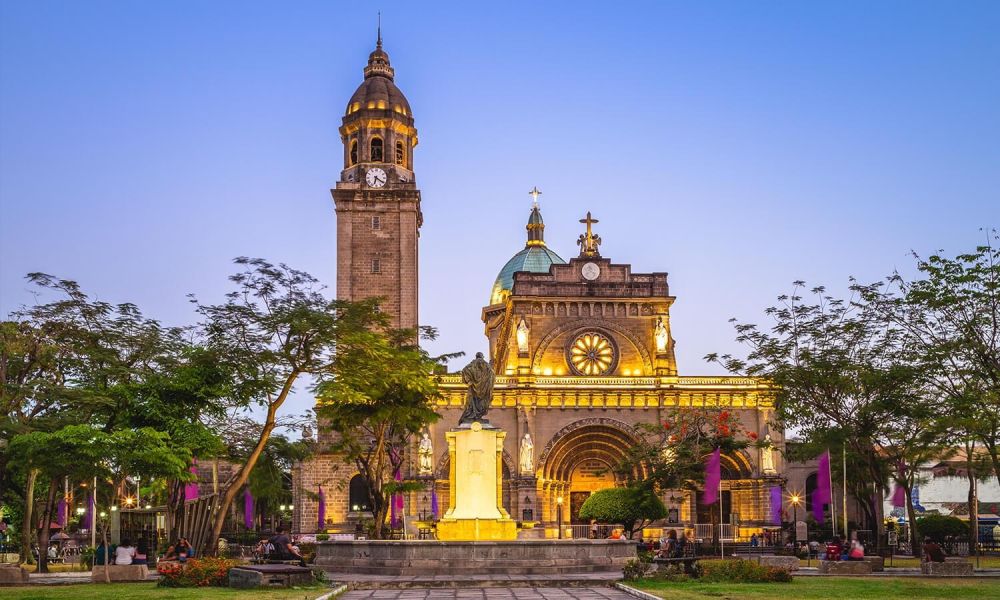

Intramuros, known as the "Walled City," is the oldest district and historic core of Manila, Philippines. With its rich history dating back to the Spanish colonial period, Intramuros has evolved as a vital cultural and educational center. The name itself, Intramuros, is derived from the Latin words "intra," meaning within, and "muros," meaning walls, referring to the fortified walls that enclose the district.
During the Spanish colonization, which began in 1565, Intramuros was constructed and designated as the center of the Spanish government in the East. The city was laid out according to a grid pattern typical of Spanish settlements, with the Manila Cathedral and Fort Santiago as its eminent landmarks. The entry of Catholicism, as spearheaded by the Spanish friars, led to the construction of several churches, convents, and schools inside the walled city, leaving behind a legacy of baroque architecture that still stands today.
Tourism in Intramuros started to take shape after the Philippines gained independence in 1946. Despite the extensive damage inflicted upon Intramuros during the Battle of Manila in 1945, the post-war years saw the reconstruction of several buildings and churches, igniting interest in both locals and tourists to explore the historic district and its restored structures.
With the turn of the 21st century, Intramuros experienced a renewed surge in tourism activities. Efforts by the Intramuros Administration, established in 1979, to restore and preserve its ancient walls, buildings, and cobblestone streets not only brought the history of the Philippines closer to Filipinos but also to the international community. Tourists flock to Intramuros to witness the grandeur of Manila's colonial past through various historical sites and museums, including Casa Manila, San Agustin Church, Rizal Shrine, and Bahay Tsinoy, among others.
The latest trend in Intramuros is experiential tourism, where visitors engage more interactively with the attractions. Heritage tours, cultural shows, and even historical reenactments offer immersive experiences that transport tourists back to the Spanish colonial era. Bamboo bicycle tours and kalesa (horse-drawn carriage) rides provide unique and eco-friendly methods for exploring the walled city. Moreover, the district has leveraged technology through augmented reality (AR) apps that enhance the sightseeing experience, giving historical context to the sites visited.
Food is another significant aspect of the current tourism landscape in Intramuros. Visitors now enjoy a mix of Filipino-Spanish cuisine in various restaurants and cafes that dot the district, further enriching the cultural journey. The annual "Calesa" food festival showcases local dishes and culinary traditions, drawing food lovers and culture enthusiasts alike.
As the number of visitors to Intramuros continues to grow, concerns about sustainable tourism and preserving the integrity of historical landmarks have emerged. Authorities have set regulations to manage visitor numbers, particularly at significant sites like Fort Santiago, to prevent overcrowding and ensure the maintenance of these historic treasures.
Events such as the "Intramuros Revival Project" spearheaded by the Intramuros Administration demonstrate a commitment to not only boost tourism but also regularize it to conserve the walled city's history for future generations. Educational programs also aim to instill a sense of responsibility in tourists regarding heritage preservation.
In conclusion, the history of tourism in Intraruros, Manila, reflects the city's transformation from a Spanish colonial bastion to a dynamic hub for cultural and historical tourism. With a keen eye on sustainability, the future of tourism in Intramuros looks bright, as it continues to be a cornerstone of the Philippines' cultural identity and a cherished destination for travelers from around the world.